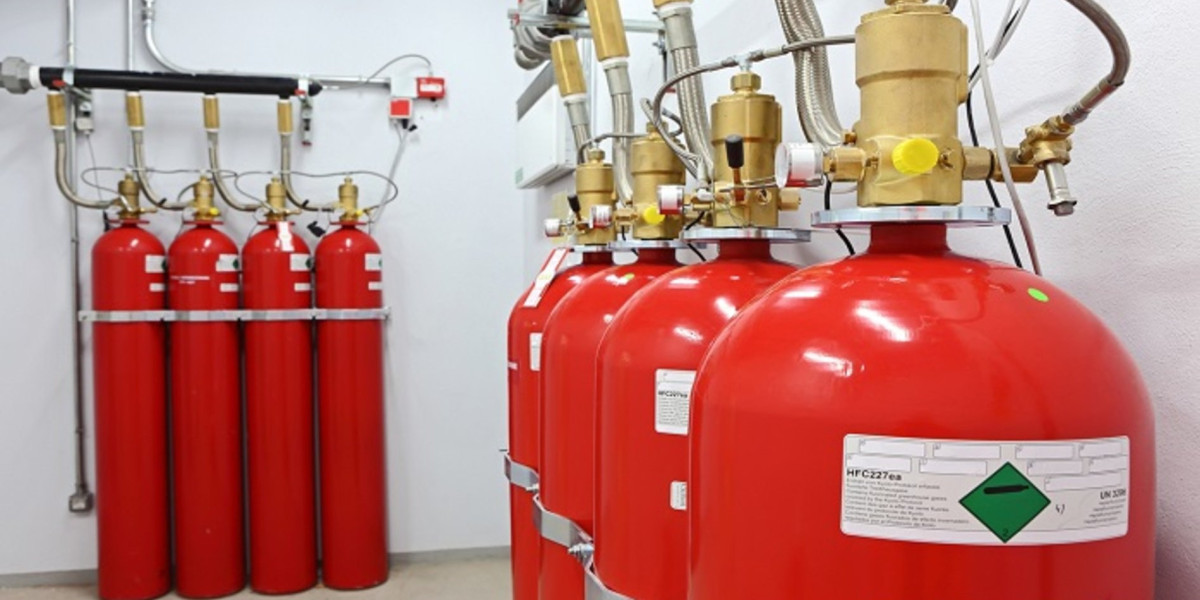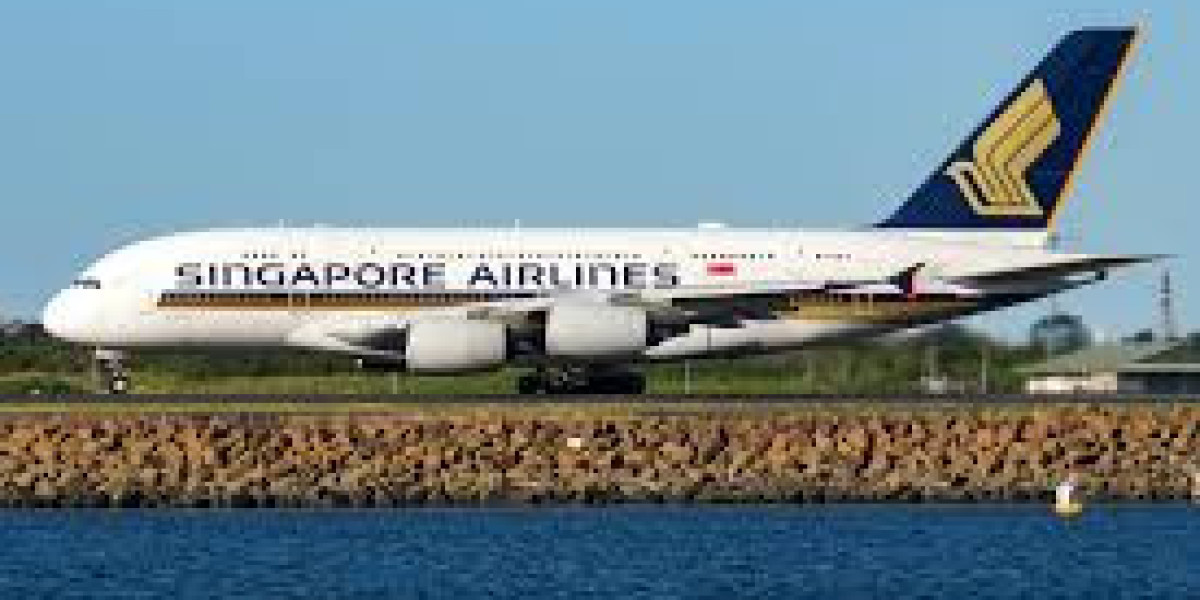When a fire breaks out in a critical environment, such as a data center, server room, or manufacturing plant, the need for an effective fire suppression system becomes paramount. While traditional fire suppression methods like water sprinklers can cause damage to sensitive equipment, a clean agent fire suppression system provides an effective and non-damaging alternative. But what exactly happens during a clean agent discharge?
In this article, we will explain the process of a clean agent discharge, the safety measures in place, and how these systems work to protect valuable assets without causing harm. By understanding this process, you can make an informed decision about whether a clean agent system is the right choice for your business.
1. What is a Clean Agent Fire Suppression System?
Before we dive into the specifics of a clean agent discharge, it’s essential to understand what a clean agent fire suppression system is. Unlike traditional fire suppression systems, which rely on water, foam, or other substances, clean agent systems use a gaseous agent to suppress fires. These agents work by removing heat, oxygen, or chemically interrupting the combustion process, all without causing any damage to sensitive electronics or equipment.
Clean agent systems are often used in environments where protecting critical infrastructure is crucial, such as data centers, medical facilities, and financial institutions. These systems offer a fast-acting, environmentally friendly alternative to traditional fire suppression methods.
2. When is a Clean Agent Discharge Activated?
A clean agent fire suppression discharge is typically activated when a fire is detected by the system’s sensors. These systems are equipped with smoke, heat, or flame detectors that constantly monitor the environment for signs of fire. When the system detects a potential fire, it triggers an alarm and begins the discharge process.
The clean agent is then released into the affected area to suppress the fire quickly and efficiently. This rapid response is one of the reasons clean agent systems are preferred in environments where downtime can be costly, such as data centers or manufacturing facilities.
3. How Fast Does the Clean Agent Discharge Occur?
One of the key benefits of a clean agent fire suppression system is its speed. Once the fire is detected, the discharge process happens almost instantly. The clean agent is released in a matter of seconds, ensuring that the fire is suppressed before it can spread and cause significant damage.
This fast response time is crucial in environments where fire damage can lead to massive financial losses, especially in facilities containing valuable equipment or sensitive data.
4. What Happens During the Discharge Process?
Once the clean agent is activated, it is released into the protected space. This release can occur through a network of nozzles that are strategically placed throughout the area. The agent is typically stored in pressurized cylinders and discharged as a gas to quickly fill the room or area where the fire is detected.
The clean agent works by reducing the oxygen level in the environment, which suffocates the fire and prevents it from spreading. Alternatively, some clean agents also work by absorbing heat or chemically disrupting the combustion process. This rapid suppression reduces the fire’s ability to continue burning, effectively neutralizing the threat without causing damage to the surrounding environment.
5. Are People Safe During a Clean Agent Discharge?
One of the most common concerns when it comes to fire suppression systems is the safety of the people present in the environment during the discharge. Fortunately, clean agent fire suppression systems are designed to be safe for people. The clean agents used in these systems are non-toxic and are released in concentrations that are safe for humans to be exposed to.
However, it is important to note that people should evacuate the area as soon as the system is activated. While the clean agent is safe at the right concentration, it is still important to avoid prolonged exposure to any gas in an enclosed space. This is why these systems are typically designed to be deployed in environments that can be evacuated quickly, such as data centers or server rooms.
6. What Happens After the Discharge?
Once the fire has been suppressed, the area will typically need to be ventilated to remove the clean agent from the environment. This is especially true if the agent is used in an enclosed space. Clean agents do not leave a residue behind, which means there is minimal cleanup required after a discharge.
However, the equipment or materials in the area may still need to be inspected for any fire damage, especially if the fire was already in progress for some time before suppression was activated. Additionally, the system will need to be recharged or refilled after the discharge, as the clean agent will be used up during the suppression process.
7. What Are the Advantages of Clean Agent Systems Over Traditional Methods?
There are several key advantages to using clean agent fire suppression systems over traditional methods like water or foam systems. First and foremost, clean agents do not cause any water damage to sensitive equipment, which is a critical factor in environments like data centers, where water could destroy expensive electronics and data.
Second, clean agent systems are quick and efficient, suppressing fires in a matter of seconds. They are also environmentally friendly, with many clean agents having low global warming potential (GWP) and no ozone depletion potential (ODP).
Lastly, clean agent systems leave no residue, meaning there is minimal cleanup after a discharge. This is a significant advantage over water-based systems, which can leave behind damaging water or foam residue that can further harm equipment.
8. How Does a Clean Agent System Contribute to Business Continuity?
In many businesses, downtime is incredibly costly. This is especially true in industries where data integrity and equipment uptime are critical to operations. A clean agent fire suppression system helps maintain business continuity by suppressing fires before they cause significant damage to equipment or disrupt operations.
By preventing fire damage and minimizing downtime, businesses can continue operating smoothly even in the event of an emergency. This makes clean agent systems an essential component of business continuity planning, particularly for industries that rely heavily on their technological infrastructure.
9. Is a Clean Agent Fire Suppression System Right for Your Business?
Clean agent fire suppression systems are an excellent choice for businesses with sensitive or high-value equipment that cannot afford to be damaged by traditional fire suppression methods. They are ideal for data centers, server rooms, telecommunication facilities, and manufacturing environments where the risk of fire is present, but the potential for equipment damage is high.
Before installing a clean agent system, it’s important to assess your business’s specific fire risks, infrastructure, and regulatory requirements. Consulting with a fire protection expert can help ensure that you choose the right system for your needs.
10. Conclusion
In conclusion, the discharge of a clean agent fire suppression system is a highly effective and efficient way to protect your business from fire damage. The quick response time, minimal environmental impact, and ability to safeguard sensitive equipment make clean agent systems an excellent choice for many businesses.
By understanding what happens during a clean agent discharge, you can appreciate the value of these systems and how they contribute to business continuity and safety. If you’re looking to enhance your fire protection strategy, consider investing in a clean agent fire suppression system to ensure the safety of your assets and operations.








